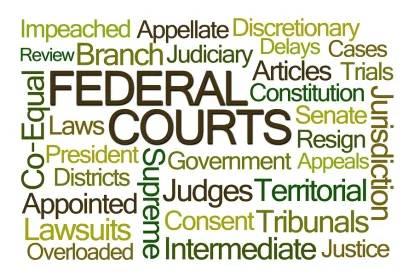Finding that rulings on validity from re-examination proceedings are not dispositive of validity in a district court proceeding, the US Court of Appeals for the Federal Circuit vacated summary judgment of no invalidity as well as the jury’s willfulness finding and damages award. Exmark Manufacturing Company, Inc. v. Briggs & Stratton Power Products Group, LLC, Case No. 16-2197 (Fed. Cir., Jan. 12, 2018) (Stoll, J). The Court found that the higher “clear and convincing” standard of proof in district court does not preclude the district court from reaching a different conclusion on validity than that reached during a re-examination proceeding.
Exmark sued Briggs for infringement of a patent directed to a lawn mower having improved flow control baffles. Three separate re-examinations confirmed patentability of Exmark’s patent. The district court granted summary judgment that the claim was not invalid, relying solely on the fact that the claim had survived multiple re-examinations. Following a jury award of damages for willful infringement, the district court denied Briggs’ motion for a new trial on damages. Briggs appealed.
On appeal, the Federal Circuit vacated the district court’s summary judgment of no invalidity. While the district court stated it had given the re-examinations “some, though not determinative, weight,” the Federal Circuit disagreed, finding that the district court opinion was conclusory and offered no other explanation for its determination. The Court found that the district court had improperly deferred to the re-examination findings and neglected its obligation to reach an independent conclusion, noting that the district court was required to independently assess validity in view of the higher “clear and convincing” standard of proof in district court.
The Federal Circuit also vacated the jury’s damages award. While the Court agreed that it was permissible to apportion damages through the royalty rate instead of the royalty base, it found that Exmark’s expert failed to adequately tie the proposed royalty rate of 5 percent to the facts of the case. The expert considered the Georgia-Pacific factors but failed to explain the extent to which those factors affected the royalty calculation. The Court also found that the expert’s analysis ignored the value added by other patented components as well as non-patented elements, such as durability, reliability and branding. The Court remanded to the district court for new determinations of invalidity and damages, including, if necessary, a new trial on damages.



 />i
/>i

